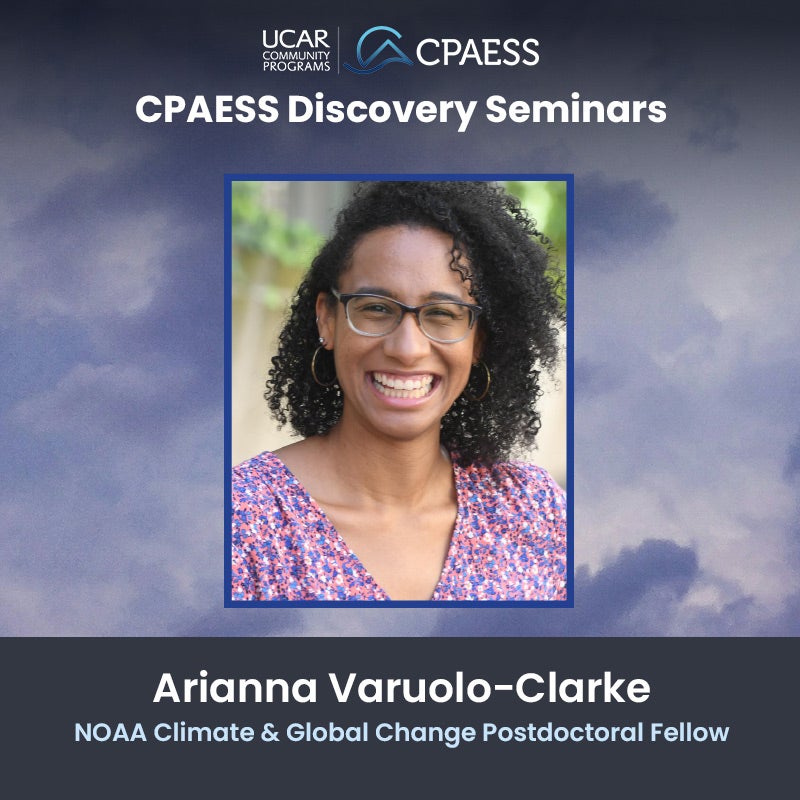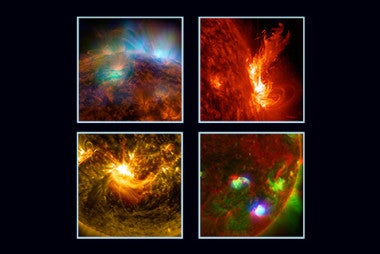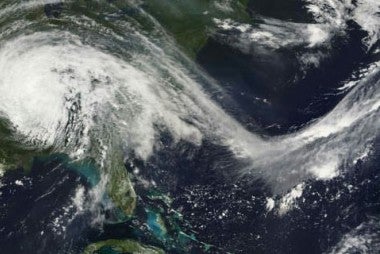CPAESS Discovery Seminar: Disentangling warming and circulation influences on precipitation under global warming
Please join CPAESS for a virtual seminar talk with Arianna Varuolo-Clarke, NOAA Climate & Global Change Postdoctoral Fellow
Title: Disentangling warming and circulation influences on precipitation under global warming
When: Thursday, February 20, 2025
11:00 AM MT (Virtual)
About Arianna Varuolo-Clarke
Arianna is a NOAA Climate & Global Change Postdoctoral Fellow hosted at the University of Colorado Boulder. She earned her Ph.D. at the Lamont-Doherty Earth Observatory of Columbia University in 2023. Her dissertation sought to understand what has driven the massive precipitation increase observed over southeastern South America and why most climate models systematically underestimate the precipitation trend. Over the summer, Arianna will join the Department of Geography at Dartmouth College as an Assistant Professor.
Prior to her Ph.D., Arianna earned her M.S. at the School of Marine and Atmospheric Science at Stony Brook University studying precipitation associated with the North American monsoon. Her academic journey began in the Northeast Kingdom of Vermont where she received her B.S. in Atmospheric Science from Vermont State University (formerly Lyndon State College).
Description
As greenhouse gas concentrations increase, surface temperatures rise, and hydroclimate patterns, including precipitation, shift. Making confident precipitation projections is challenging due to large internal climate variability and the small spatial scales on which precipitation processes occur. Furthermore, climate models have biases in large-scale circulation variability that can lead to precipitation biases. I will discuss two methods to understand better and quantify mid-latitude precipitation change in Earth system models (ESMs) in this presentation. We statistically decompose precipitation change into its thermodynamic and dynamic contributions in the first method. In the second method, we utilize idealized ESM experiments to quantify the thermodynamic contribution alone on precipitation.










